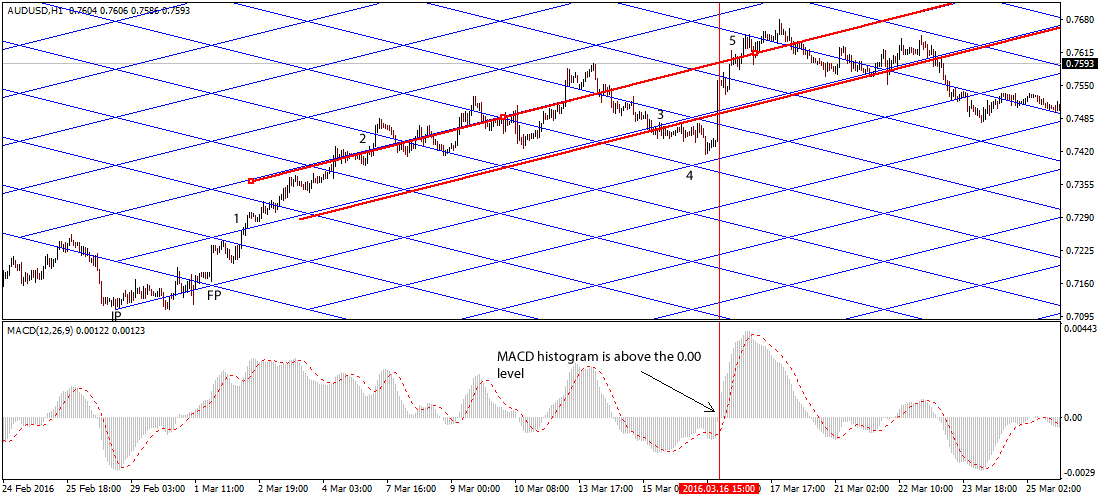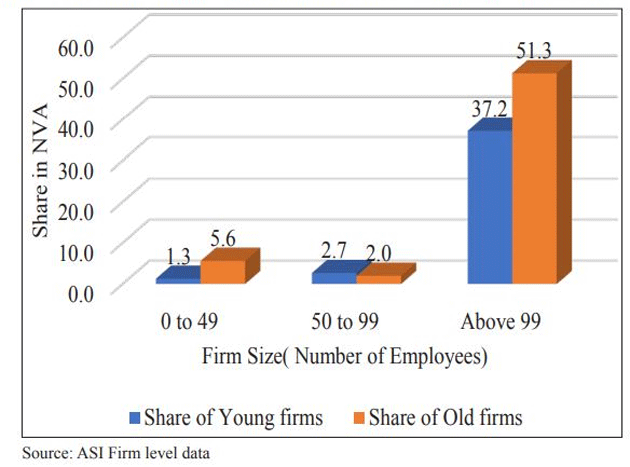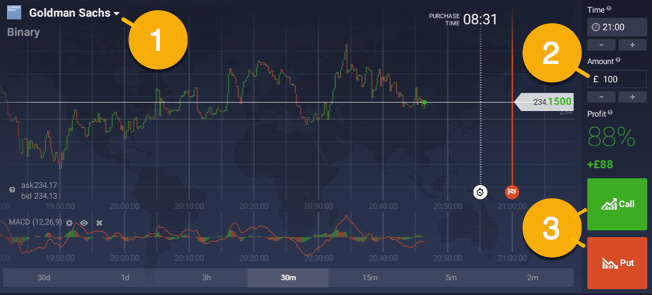
They can derive many benefits by jointly establishing the research. The concentrated firms may also popularize the quality of products through jointly giving advertisements. Factors that contribute to such advantages are outside the control of firms. Therefore, no firm gets a competitive advantage over others since the benefits are available equally to all firms. We can, therefore, conclude that concentration of industries lead to economies of concentration. Therefore, a firm producing on large scale can enjoy economies by the use of superior techniques.
- On the contrary, External economies of scale occur on account of exogenous determinants, i.e. the reasons which are external to the firm.
- In aspects of selling and distributing the products, the large-scale firms get many benefits.
- These firms divide the work into different processes and appoint various specialists to the work which results in more efficient and error free production.
- This is related to operational efficiencies and synergies as a result of an increase in the level of production.
It is purely based on the external factors which common for the entire industry. Those are typically the unit cost advantages for the company from the advancement of their industry. There are several contributing factors behind external economies of scale. When competing companies set up shop in one area, specialized workers will seek employment.
Definition of External Economies of Scale
The external economies and diseconomies of scale cause the long run average cost curve to shift downward or upward. The internal economies and diseconomies of scale cause the long run average cost curve to fall and rise, making it U-shaped. External economies of scale are generally described as having an effect on the whole industry.
Colombian Agency Investigates Rappi for Failure to Comply with … – Finance Colombia
Colombian Agency Investigates Rappi for Failure to Comply with ….
Posted: Tue, 08 Aug 2023 06:30:26 GMT [source]
If a particular firm formulates a technique of production that saves time and cost, then the benefit is internal to the firm and will not impact other firms in the industry. As firms increase their output levels, their average cost (AC) of production falls. The cost benefits that come with higher production levels are known as economies of scale. When the raw material costs less to the steel users, they try to change their scale of production whereby they again derive additional advantages.
Internal vs External Economies of Scale
In such a setup, all firms can enjoy external economies of scale across industries. For example, food processing industries are often located close to agricultural fields so that both industries can reduce their transportation costs. This short revision looks explains the difference between internal and external economies of scale. It is an important distinction to make when analyzing firms and industries and the impact of their production decisions on consumers and other stakeholders. As the number of firms in an area increases each firm enjoys some benefits like, transport and communication, availability of raw materials, research and invention etc. Further, financial assistance from banks and non-bank institutions easily accrue to firm.
These externality arguments are offered in defense of public infrastructure projects or government research. The large scale firms get raw materials at a cheaper rate because they purchase raw materials in a large quantity. The small scale firms cannot get these benefits because they purchase lesser quantities. These large scale firms also get benefits in the case of an increase in their demand for their products by advertising, promotions of their products.
Internal vs External Economies of Scale: Difference and Comparison
In aspects of selling and distributing the products, the large-scale firms get many benefits. It is purely based on the outcomes and the unique capabilities of the company. Those are typically the unit cost advantages for the company when expanding its scale of production. Economies of Scale is which the company grows bigger and better it will experience cost decreases along with the increase in its level of output. Simply the cost per unit of an individual item decreases when increasing the scale of production.
- Contrarily, external economies of scale refer to the outside factors that affect the whole industry.
- When the number of firms in an industry expands they become mutually dependent on each other.
- In the same way, they enjoy a lot of concessions in bank borrowing and advertisements.
- In this article, we are going to discuss the differences between internal and external economies of scale.
- Those are typically the unit cost advantages for the company from the advancement of their industry.
Generally, these economies accrue to large firms which enjoy higher efficiency from capital goods or machinery. Bigger firms having more resources at their disposal are able to install the most suitable machinery. As the scale of production is increased, up to a certain point, one gets economies of scale.
However, if the scale of production exceeds a specified limit, resulting in diseconomies of scale. Economies and Diseconomies of scale are classified as Internal and External Economies and Diseconomies of Scale. In this article, we are going to discuss the differences between internal and external economies of scale.
Experts are able to reduce the costs of production under their supervision. These also arise due to specialization of management and mechanisation of managerial functions. As the scale of production is expanded their accrue many labour economies, like new inventions, specialization, time saving production etc. The personnel .officer evaluates the working efficiency of the labour if possible. Workers are skilled in their operations which save production, time and simultaneously encourage new ideas. External economies of scale refer to factors that are beyond the control of an individual firm, but occur within the industry, and lead to such a cost benefit.
Internal vs. External Economies of Scale
The prospect of external economies of scale often induce firms in the same industry to cluster together. When one firm is well established in a particular region, it can access a developed transportation network, connections with suppliers, and a ready workforce. New firms emerging within the industry would like to take advantage of the existing infrastructure and settle close to the older firm. Internal economies of scale are different from external ones since the former include factors that are unique to an individual firm.

Prof. Robertson visualizes a situation in which a firm realizes both internal and external-economies simultaneously. Therefore, when we look at these economies in the background of difference between internal and external economies the whole economy latter as one unit, they seem to be primarily internal economies. Economies of information is obtained if many firms are concentrated at one particular place.
External economies of scale can happen because of positive and negative externalities. Positive externalities include a trained or specialized workforce, relationships between suppliers, and/or more innovation. Negative ones happen at the industry levels and are often called external diseconomies.

External economies of scale and cluster industries often lead to the formation of economies of agglomeration. It is a situation when mutually beneficial firms from different industries are set up close to one another. The former advantage was in the form of external economy, whereas the latter is in the form of internal economy. For example, any expansion in production capacity of steel industry shall bring in economies in the form of internal economies to the steel producers. What may be an external economy for firm X may turn out to be an internal economy for firm Y.
Large-scale firms have the greater ability to manage the business risks. If there are losses in one market they can withstand because of the wider markets which the company has. The large scale firms sell their products in many markets according to the customer preferences which helps them to enhance their brand value.

A firm producing on large scale enjoys the economies of transport and storage. A big firm can have its own means of transportation to carry finished as well as raw material from one place to another. Moreover, big firms also enjoy the economies of storage facilities. Therefore, these firms can store their products when prices are unfavorable in the market. Economist Alfred Marshall first differentiated between internal and external economies of scale. He suggested broad declines in the factors of production—such as land, labor, and effective capital—represented a positive externality for all firms.
This website includes study notes, research papers, essays, articles and other allied information submitted by visitors like YOU.
For example, if the government imposes higher tariffs on the import of a certain good, then it is beneficial for all domestic firms producing that good since it reduces their competition. These reductions shall be in the form of external economies for the steel users. But for the whole economy, reduction in cost either for steep producers or for steel users amounts to an internal economy. (i) The firms producing output on a large scale purchase raw material in bulk quantity.
